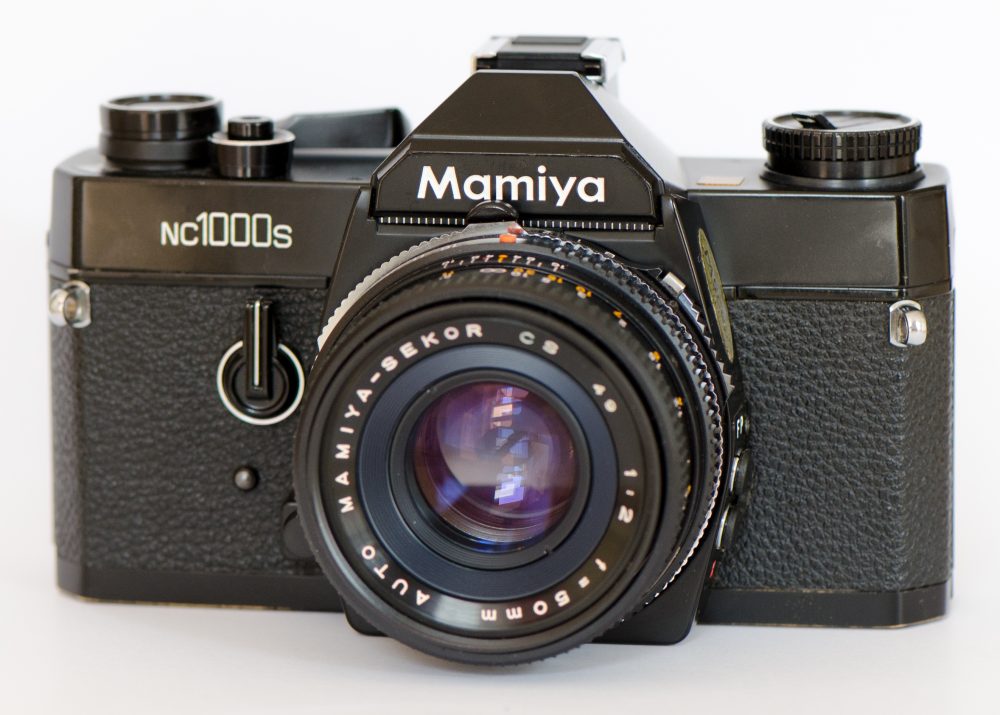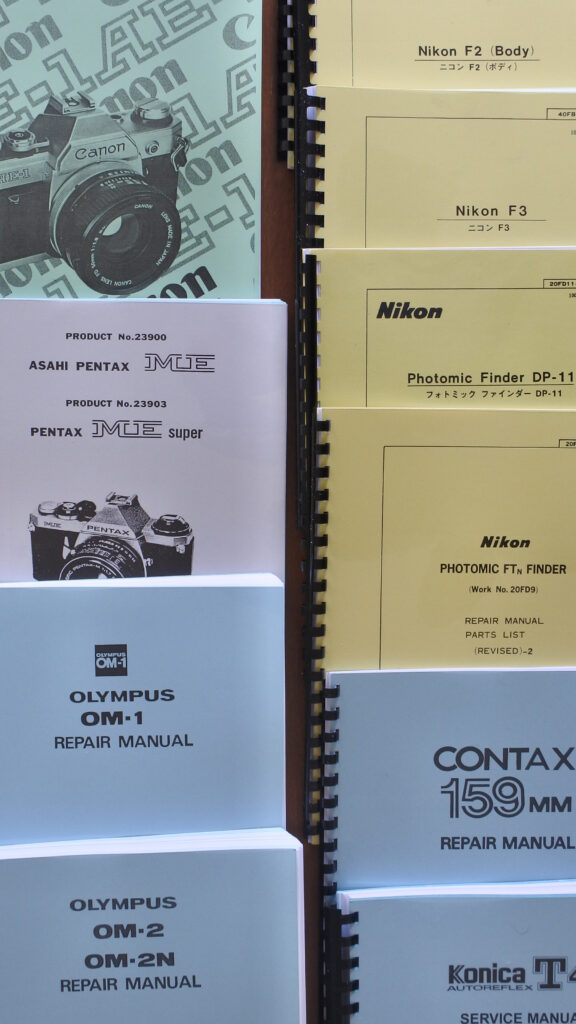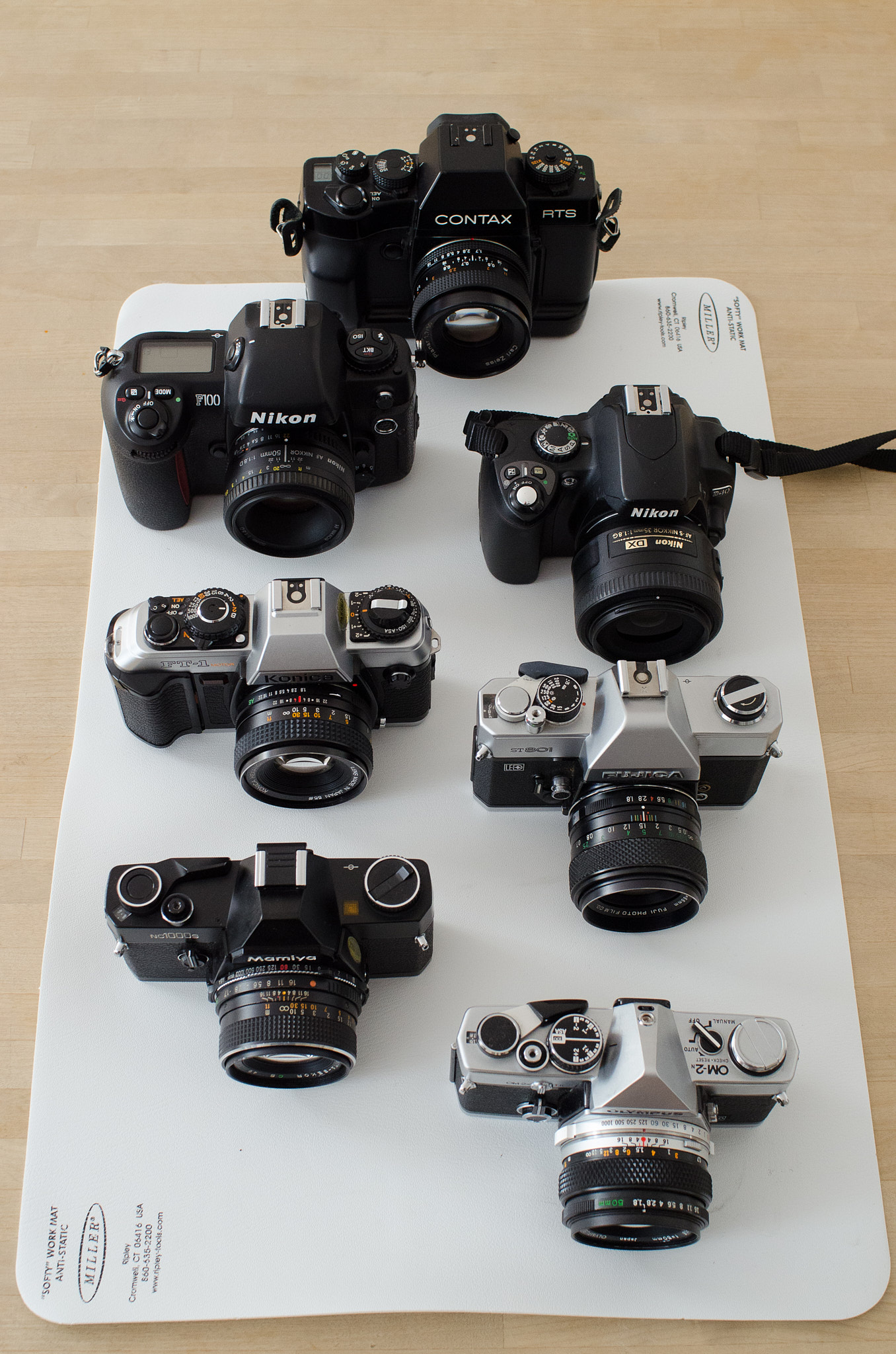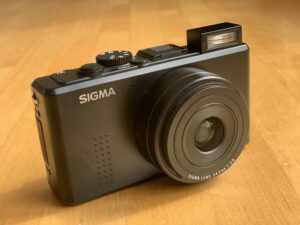The first & now second part of my story about and with the Mamiya NC1000s, which was my first SLR, is now released:

Part 3? Yep, will be there soon.
Enjoy reading.

Cameras from the 50s to the 80s
The first & now second part of my story about and with the Mamiya NC1000s, which was my first SLR, is now released:

Part 3? Yep, will be there soon.
Enjoy reading.
Another important step in order to start repairing or servicing my camera collection has been achieved: The first batch of service and repair manuals have arrived this week from US based http://www.photobooksonline.com/ . Check out their webpage, they have an extensive assortment of user, repair and service manuals.
Leon was very helpful when processing my order and in finding the most efficient way for shipping all the manuals from US to Vienna.
Also, to my surprise, I did not have to pay any taxes, but maybe the invoice has yet to come.
Anyhow, there will be a lot of reading and studying in the next time and eventually, I will need to select the camera I will do my first servicing attempt and it will very likely not be the Nikon F2 with its more than 1’500 individual parts.

Welcome! This is my first post on the brand-new home-page, hosted by myself. My last blog was back in 2009 (!) on blogger.com. It was about the comparison of weight from different cameras.
So many things have changed since then. I moved from Switzerland to Vienna in Austria and got married to an Irish girl. What remains constant is my undivided passion and interest for photography and camera gears.
My collection of cameras has also expanded considerably and lately I am mainly shooting 35mm film.
There are many things I want to share with you, such as my recent shooting experience with the (probably) first SLR that contains an electronic selfie function as well as a larger project where I will be digitising my fathers 2700 slides he was shooting between 1960 and 1980.
So stay tuned for more content to pop up.
Yours,
Walter

I’ve been invited to a dinner yesterday evening and wanted to try out my Olympus OM-2N together with a Zuiko Auto-S 1:1.8 50mm and the electronic flash T32 with TTL flash metering.
The OM2N is a compact SLR with a very quiet shutter / mirror sound.
I don’t know if it was due to the good wine or due to being still a bit tired from an exhaustive Friday night but I had quite some troubles getting proper focus with this camera/lens combination. I tried again today comparing to a Mamiya NC1000s with the default 1:1.7 50mm: same issue on the OM2N but proper and fast focussing on the NC1000s. Strange. Maybe that it is time to visit an ophthalmologist.
Another irritating thing was weight. Or better: weight in combination with the body ergonomics of the OM2N. With the T32 flash on top, the combination sums up to 1172g, since the flash alone is 380g. Now I wouldn’t call myself a weak sissy but if you hold this combo up in the air for several minutes, your hands start to get slightly tired. I think that I’m missing the grip on the right side, reason why I’ve compared with four different types of SLR to see if I have the same limited feeling of ergonomics:
Table updated 29.07.2017

That was easy. Nothing beats the Nikon F100 with attached MD-15. The grip is great, the rubber texture almost makes it clings against your hand, the grip is thick enough so that you do not touch the camera body on the front with your finger tips.
The Nikon D40 comes next but the rubber is missing and the grip not fat enough. But it is very light weight which makes it possible to hold it less tightly than the F100.
The Contax is a monster. Holding it with one hand requires arms from Arnie and the rubber misses texture. Holding it vertically is not easy neither since it misses the bulky grip of an MD-15.
The Mamiya is so light weight that even without grip, you can hold it without getting a cramp.
I’ve also mounted the OM Winder 2 to the OM2N which has a nice grip that improves a lot the holding of the camera. However, there is a shoulder strap lug at the lower part of the grip which directly sticks in the heel of your hand. What an ergonomic nonsense! Also, the quiet shutter is gone, the winder makes a hell of a noise.
My conclusion: small SLRs with a weight up to 700g and without a grip are ok to handle. Everything above requires a grip or a bigger seize of the body to be fatigue-proof. Rubbered texture increases ergonomics, who whould have figured 😉

It’s done! The Sigma DP-2 has been ordered. With a couple of accessories it sums up to a shocking CHF 1’280.
I’ve spent several days reading through almost every available article on internet and came to the conclusion that this compact camera would be the ideal companion for my summer vacation on Canary Islands. I love shooting nature and buildings where I have a lot of time to fiddle with the settings of a camera, seeking for the best picture and of what I’ve read so far, the DP-2 ideally suits for this purpose.
As indicated above, I’ve been looking for a compact camera, with focus on “compact”. I did not even want to bring my Nikon D-40 along, due to the amount of various lenses which I would have had to carry with me. Of course, I could have taken only a 50mm along, but once you’re there and like to shoot a vast landscape, you’d be upset that you have left the 28mm at home. The DP-2 is a big relief in that respect. 🙂 Furthermore taking the airplane also sets the limitation for weight of luggage and since I always take a few good books along, every kilo is worth thousands of words rather than bulky photo equipment.
Choosing the DP-2 was everything except easy. Besides compactness, I wanted to have a viewfinder, manual controls, raw file output for post processing (especially white balance, where I’m not a spoiled kid with the D-40), rather less of zoom-factor than a fast lens, shooting up to ISO 800 with suitable color quality, external flash mount, manual focus and of course best picture quality for printing up to A3 format.
The DP-2 was compared to:
I’m pretty sure that all above cameras are great and that the buyers are happy to own them.
The Nikon would have been suitable since I already own Nikon stuff and I like the ergonomics of the D-40, the clear menus (of course I’m used to them in the meantime), the reuse of my SB-400 flash, the viewfinder and the robust looking built quality. One of the downsides is that Nikon has invented a new raw format (NRW) which would have forced me to update Capture NX to version 2.(2).
The Canon G10 looks really great and it seems that it is really built like a “rock”. From my investigation, I could not really see any negative points, except that I would have had to buy a new flash.
Except for the missing view finder, the Panasonic seems to have the best picture quality (according to various comparison tests).
So why did I eventually go for the DP-2? I was looking at tons of picture samples on Flickr and other sources and there it was: of what I’ve seen, the pictures shot by the DP-2 are more appealing, especially looking at the colors. The pictures of the other cameras looked much more artificial to me and the Nikon even shows white spots on dark colors…
The decision was not easy, and I’m somewhat afraid of the negative points of the DP-2 which are slow autofocus, difficult to read the display in bright environments, build quality compared to G10 & P6000 and totally new menu structure with lack of ergonomics. (Imaging that you have to change your mobile device to another brand. It will take you days until you can handle the new phone the same way as the previous one.)
Let’s see how this new compact camera will do and I’ll certainly be back with my personal review about the DP-2 soon.